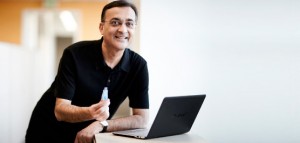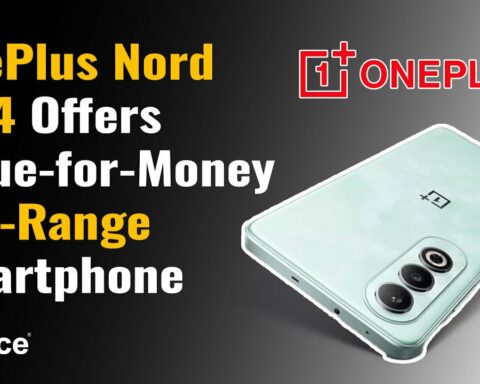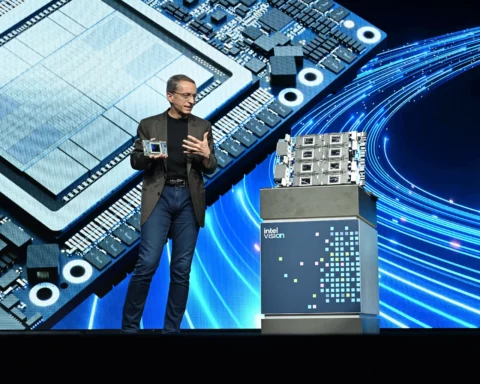
Ajay V. Bhatt , the Indian-born US researcher won the European Inventor Award 2013 presented by the European Patent Office (EPO) in the Non-European countries category for leading a team of computer experts at Intel that developed USB technology. Out of a group of 15 nominees from 11 countries, he is one of five Award winners announced today. Mr Bhatt received the award today at a ceremony in Amsterdam in the presence of Her Royal Highness Princess Beatrix of the Netherlands and 500 international guests.
He won the prize together with his team consisting of, Bala Cadambi , Jeff Morriss , Shelagh Callahan , and Shaun Knoll for inventing the USB technology. Frustrated with the process of reconfiguring and rebooting the computer while installing a printer for his wife’s computer, Bhatt decided to create a connection interface that would recognize and run new devices automatically when they were plugged into a computer – the idea of the Universal Serial Bus was born: The USB interface works by ‘translating’ the different signals from peripherals and delivering them into one centralized message stream to the computer’s operating system,
” Ajaj V. Bhatt helped greatly simplify the way we interact with computers today. To get all the different devices to understand each other is example of technological progress that is really benefiting our life by making it easier. It helps us making the most of out digital technology and enjoying its advantages”, said Benoît Battistelli, President of the European Patent Office, at today’s announcement of the five winners.
Prior to the invention of USB, computers relied on a number of drivers to communicate with peripheral devices, and the commands sent by these drivers were frequently in conflict with each other. Ajay Bhatt became frustrated with the process of reconfiguring and rebooting his computer and the maze of ports and plugs he had to negotiate on the back of the machine.
Bhatt took his inspiration from the common electrical wall outlet and decided to create a connection interface that would recognise and run new devices automatically when they were plugged into a computer. The USB interface works by ‘translating’ the signals from peripherals and delivering them in a centralised message stream to the computer’s operating system.
Now found in billions of computer products the world over, USB not only allows users to more easily connect devices ranging from webcams, smartphones and computers to complex scientific instruments, it also streamlines work for hardware and software developers.







